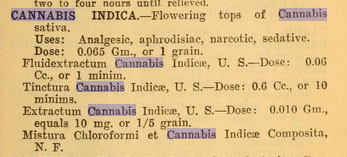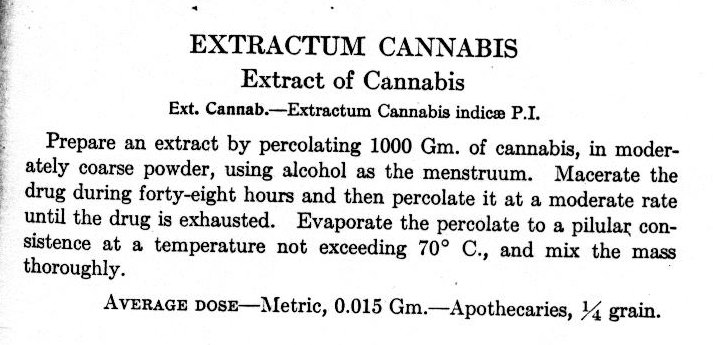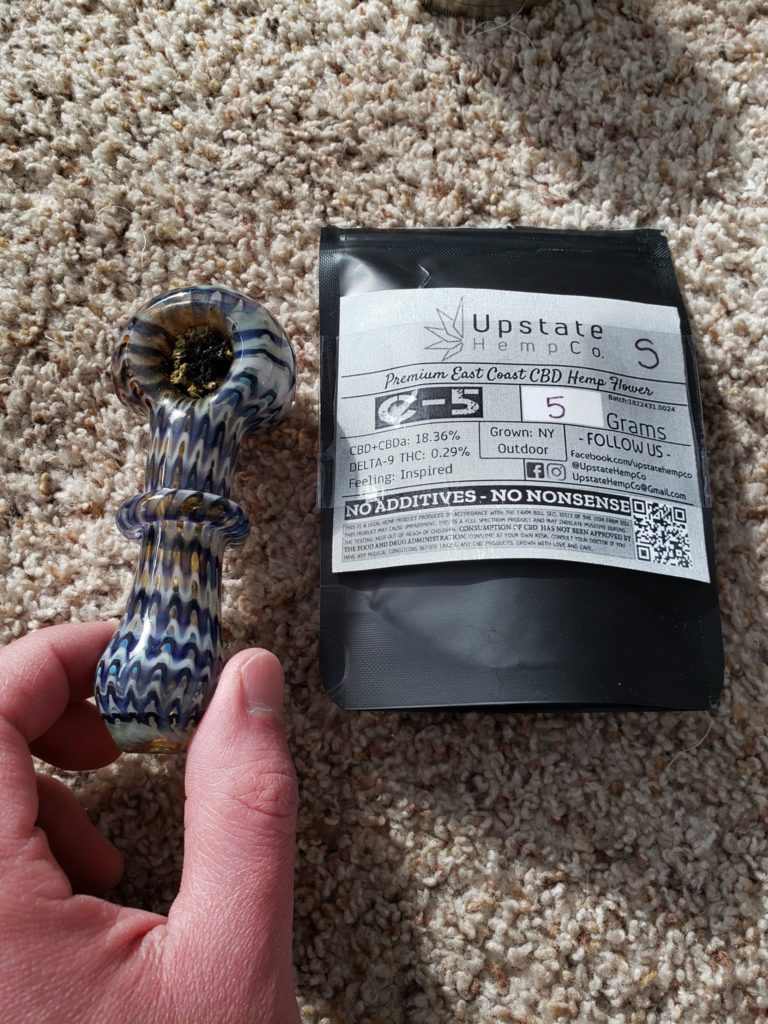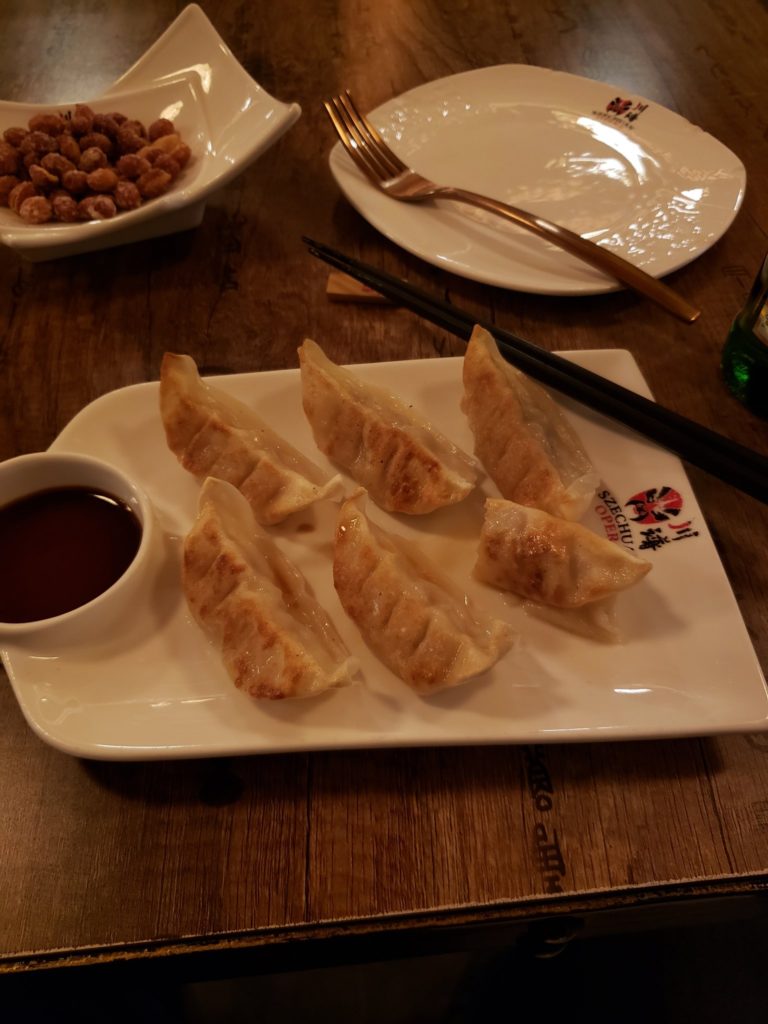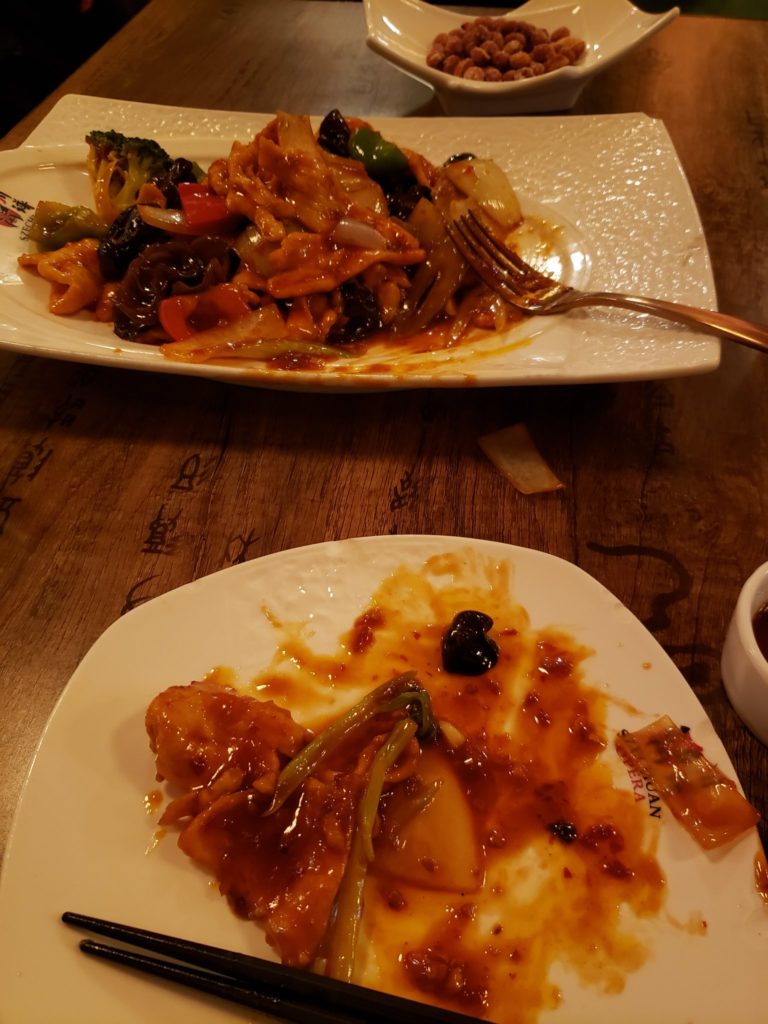Cannabis is one of humanity’s oldest medicines. From being first documented in ancient China, to be in foundational medical texts in the Middle East, and finally ending up in the US Phramacopeia, humanity has found cannabis to help with a variety of ailments.
Prohibition was never based on science. It was a racist attack from a man looking to demonize a new substance after alcohol prohibition ended. What prohibition was extremely effective at doing was wiping out almost all history about the medical use of cannabis. In doing so, they were able to spin a narrative that cannabis is a thrill-seeking drug with absolutely no positive qualities and all the negatives they could conjure up.
Up until the 1942 edition, cannabis was included in the US Phramacopeia. The USP is the gold standard for drug formulations and preparations in the United States. The USP included a number of cannabis formulations, and even uses.
Cannabis was only removed from the 12th edition after the 1937 Marihuana Tax Act when the government, not medical officials, decided cannabis had no medical properties. The AMA, at the time, was opposed to the Tax Act as it would be an attack on doctors and pharmacists.
It was not until the last 30 years where Marijuana was able to regain its medical status. From the infamous medical marijuana case to treat glaucoma to the current 33 states that have medical marijuana programs, we as a society are rediscovering the many uses of this amazing plant.


